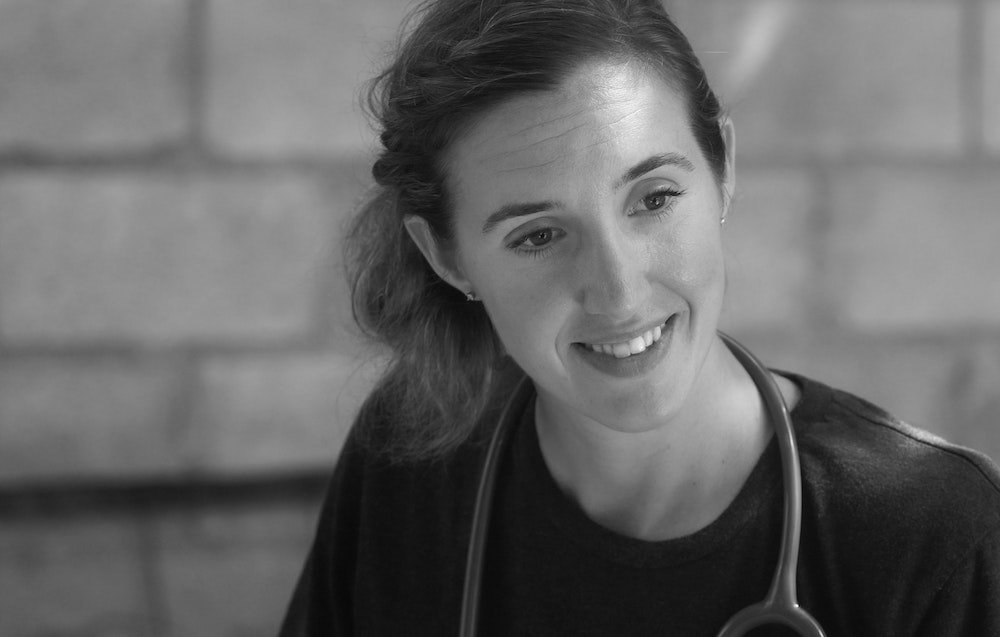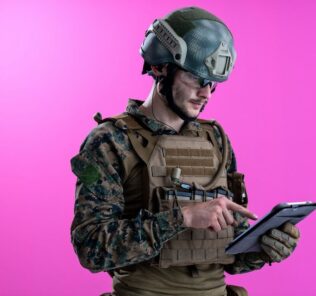Healthcare Simulation to Train Sexual Assault Nurse Examiners
Today, healthcare simulation training can be employed to provide learners across medical professions with valuable knowledge and experience. Such educational methods have proven successful in sexual assault nurse examiner (SANE) programs and for providers without adequate forensic training. Studies have shown that approximately 4.2% of assault-related injuries seen in emergency rooms are due to sexual assault. Despite the well-demonstrated need for healthcare providers trained to perform forensic exams, the best way for said providers to practice hands-on skills is with live patients. This HealthySimulation.com article explains how this is where providers and organizations can begin to increasingly turn to healthcare simulation.
The Role of Simulated Patients in SANE Training
One crucial aspect of any SANE course is the incorporation of real-life survivor encounters. By hearing these experiences, nursing learners can come to understand what was and wasn’t helpful to help future survivors. Survivors are often used in various formats to assist in training; these may include providing video testimonials, speaking at events, taking part in support groups, and even volunteering.
Sponsored Content:
Using simulated patients in healthcare simulation allows individuals to portray a realistic scenario to assist in training purposes. Should there be difficulty ascertaining actual survivors, utilizing simulated patients would be a highly beneficial adaptation to assist in SANE training.
Simulated patients can also be assigned case scenarios that allow SANEs in training to conduct their entire forensic interview in a realistic environment versus watching recorded videos of other forensic exams. This concept can be adopted as a real-life virtual option for SANEs who are not local but still want educational opportunities as well.
Manikins, Pelvic Exams, and Evidence Collection
In addition to the SANE course, a clinical component is necessary for trained professionals to feel competent in their ability to perform forensic exams, including pelvic exams. A challenge may present itself related to pelvic exams, as competency levels may vary by location and with each provider.
Sponsored Content:
In some cases, programs may have volunteers to allow for real hands-on experience with pelvic exams. But, what happens if not all programs allow for adequate opportunities or if there is a shortage of volunteers? Clinical simulation allows individuals to practice pelvic exams as little or as often as necessary to feel confident in their exam skills.
The last thing that survivors want to experience is to consent to a forensic exam and be met with inadequately trained providers, especially if a pelvic exam is expected. Sexual assault survivors come to trained professionals after a traumatic event, the least medical professionals can provide is skilled practitioners who are competent in all aspects of the forensic exam.
Simulation as an Adjunct to SANE Course
Healthcare simulation can be utilized for both an accredited SANE course and as a condensed training module to assist fellow nurses and providers who have not been trained in forensic exams. Given that a traditional SANE course allows nurses to meet their objectives, healthcare simulation would be a beneficial adjunct to assist in skill competencies and practice. Medical simulation may prove to be most beneficial in the development of the training of non-SANE healthcare providers.
Sample Sexual Assault Training for Non-certified Healthcare Providers
Healthcare facilities that do not have adequate SANE coverage may rely on nurses or medical providers to perform sexual assault forensic exams. All hospital emergency rooms should be equipped with rape kits, but the care of an assault survivor is more involved than just reading instructions from a rape kit.
This provides hospitals with the opportunity to create a condensed training course to aid in the competency and comfort levels of providers who have not yet been formally trained in forensic exams. Hospital educators can either develop a course themselves or have it outsourced for those not wanting to complete the 40-hour virtual course offered by the IAFN.
Step one would be to develop a four to eight-hour course with the following modules that highlight the pertinent content required to:
- Trauma-informed care for assault survivors
- Review basic anatomy and requirements for pelvic exams
- Sexually-transmitted infection content and recommendations
- Steps to a forensic interview
- Parts of a rape kit and facts pertinent to successful evidence collection and the chain of command
- Key points needed relating to state laws
Step two would occur when simulated patients will allow providers to practice their interview and assessment skills. Each simulated patient would be briefed and prepped on their case study and providers will be tasked with gaining consent, performing an interview, collecting evidence, and documentation, using the rape kit and taking necessary photos.
Step three calls for a specific training scenario, as providers will get the most out of their course if made as realistic as possible. In order to gain experience with pelvic exams, one must train with pelvic models. In this case, providers will have the opportunity to use a low-fidelity pelvic model with moulage injuries to practice pelvic exams, assess injuries, collect evidence, and take necessary photos. Debriefing would occur at the end of the day to discuss the overall crash course, determine ways to improve, and assess the comfort levels of providers.
Though this concept will not award any form of certification, nor would certification equate to an in-depth course as preferred. Yet, the recognition would allow for an improved level of training that will be sufficient in meeting the needs of sexual assault survivors when SANEs are not available.
More About the Role of a SANE
Sexual assault and violence is an international public health concern that needs to be addressed. According to the Rape, Abuse, and Incest National Network (RAINN), there are an average of 321,500 sexual assault victims each year in the United States. The International Association of Forensic Nurses (IAFN) reported less than 4,500 SANEs in the United States.
SANEs are often the first person a sexual assault survivor encounters after traumatic events occur. According to the International Association of Forensic Nurses, only 17% to 20% of American hospitals have SANEs on staff due to insufficient funding for such an essential need. In rural communities across the nation, survivors may have to travel for hours to receive care from a specially-trained sexual assault nurse examiner (SANE). Some states have little to no access to such services. For example, residents in parts of Alaska may even need to travel by plane just to be seen by a SANE.
As specially trained professionals, SANEs can provide safe, culturally-competent, trauma-informed care. Nurses who opt to become certified as a SANE must take the accredited 40-hour-course developed by the IAFN followed by supportive clinical education. Standard components of this course include:
- Specialized forensic exams
- DNA evidence collection
- Expert testimony for sexual assault cases
Due to the lack of nurse examiners nationwide, the result is that medical providers and nurses in local emergency rooms (ERs) attempt to read instructions on rape kits while conducting the best exam they know how to perform.
Sexual assault victims who present to facilities that lack SANEs or appropriately-trained professionals are known to leave re-traumatized and with their needs largely unmet, according to a report by the International Association of Forensic Nurses. Despite this knowledge, there continue to be numerous facilities unable to provide adequate SANE coverage. However, healthcare simulation can help to remedy this growing need.
Final Thoughts
The educational benefits of using healthcare simulation are endless. The rapid popularity of simulation in both nursing and medical education programs has taken healthcare by storm. Medical simulation has proven itself to be highly respected and beneficial in a multitude of opportunities, with the simulated patient serving as an educational tool that can be used across numerous medical scenarios. Virtual reality in education is a tool that provides educators and creators with an opportunity to be as creative as they want to promote learning.
Learn More About Simulation in Nursing Education
- Sexual Assault Nurse Examiner (SANE) Education and Certification
- Congress Moves to Address Critical Shortage of Sexual Assault Nurse Examiners; RAINN partners on bipartisan legislation
- The Medical Forensic Exam Payment TA project
- LOW-FIDELITY HYBRID SEXUAL ASSAULT SIMULATION TRAINING’S EFFECT ON THE COMFORT AND COMPETENCY OF RESIDENT PHYSICIANS
- Recognizing Diverse Needs Across Healthcare Simulation Helps Save Lives
Krystle Maynard is the creator of Innovative RN Solutions and has been a nurse for over a decade. She has specialized in medical-surgical and critical care nursing, in addition to having a long-standing history of being an adjunct faculty member for a college of nursing. Innovative RN Solutions focuses on healthcare content writing (such as blogs, E-books, emails, academic coursework, and educational content for healthcare personnel and patients). Krystle also offers tutoring and mentor services for undergraduate and graduate nurses. She lives in Kentucky with her husband and children.
Sponsored Content:



















